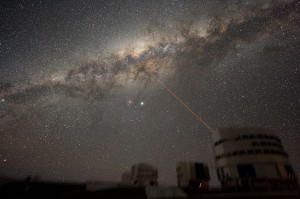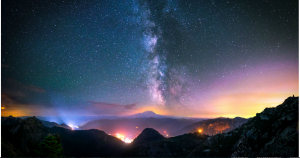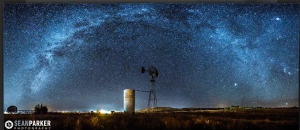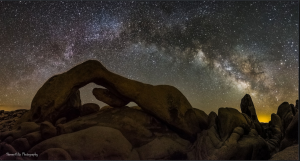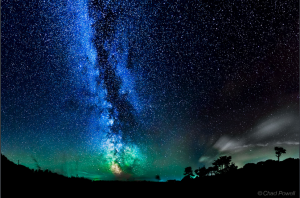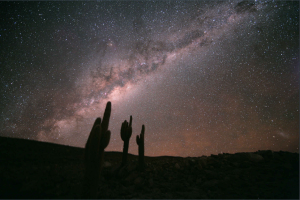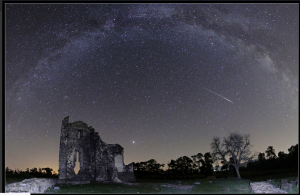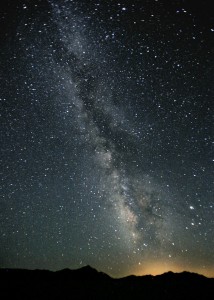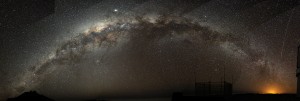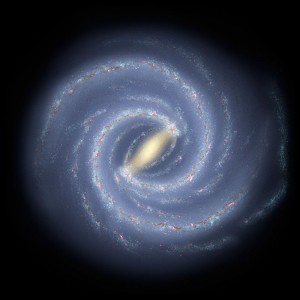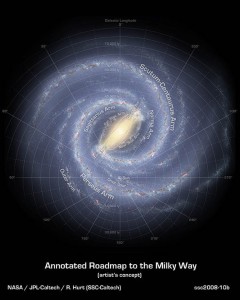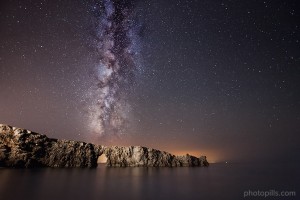Spiders seem to define the ultimate in creativity. True spiders of the order Araneae are the largest group of carnivorous animals on Earth!
YES, ALL SPIDERS ARE PREDATORS. They hunt and capture prey–mostly other insects and other invertebrates, but some large spiders may even prey on vertebrates such as birds.
Why are spiders fantastically successful as hunters? There are many reasons. One might think it is because most spiders have 8 EYES. Even so, the fact is few have good eyesight. Instead they rely on touch, vibration and taste stimuli to navigate and find their prey.

This jumping spider’s main center pair of eyes are very acute. The outer pair are “secondary eyes” and there are other pairs of secondary eyes on the sides and top of its head. Photo by JJ Harrison

Head of a Net-casting Spider, Deinopis. Photographer:Reg Morrison
Most spiders detect little more than light-dark intensity changes. Some spiders have median eyes that detect polarized light and they use this for hunting.

Eye shine from a Wolf Spider, Photographer: Jim Frazer
Spider’s eight eyes are typically placed in two rows, on the front of their carapace. Their direct eyes, or AME, differ markedly in structure from their other indirect eyes (ALE, PLE, PME). The direct eyes appear dark, whereas the indirect eyes usually have a layer of light reflecting crystals, behind the light sensitive retina, giving these eyes a silvery appearance.

Tropical Jumping Spiders are spider specialists. They prey on both hunting and web building spiders. Photographer: Robert Jackson
The following are more stunning photographs of the jumping spider, captured by macro photographer Thomas Shahan.




For a few spiders, good vision is vital for hunting and capturing prey and for recognizing mates and rivals. They include the day active jumping spiders (Salticidae), the flower spiders (Thomisidae), the wolf spiders (Lycosidae) and net-casting spiders (Deinopidae), more often seen by twilight or later at night.

Wonderopolis 900 × 600
You may ask “why 8 eyes?” Burke museum curator Rod Crawford explains, “It almost certainly has nothing to do with the 8 legs… While 99% of spiders do have 8, almost 1% have 6, and a few have 2 or 0. All harvestmen and solpugids have 2… The functions of the 4 different eye-pairs vary widely among different groups of spiders. Details would be a whole dissertation in itself.”
You guessed it–there is no universal answer as to why spiders have 8 eyes. We’ll just leave it with, “mother nature has her reasons,” and why not for ‘just’ beauty’s sake? Or for curious photographers to discover?
Yes it is true, we need nature more than nature needs us. Please share what you think about spider eyes–and especially your theories as to why they have eight eyes. And of course your photographic techniques for capturing their glory.
Thank you for reading my post. My core message of everyone is creative resonates with people of all ages and walks of life. I invite all to become the best version of themselves and find true meaning by pursuing long term creative quests in my book and website.







